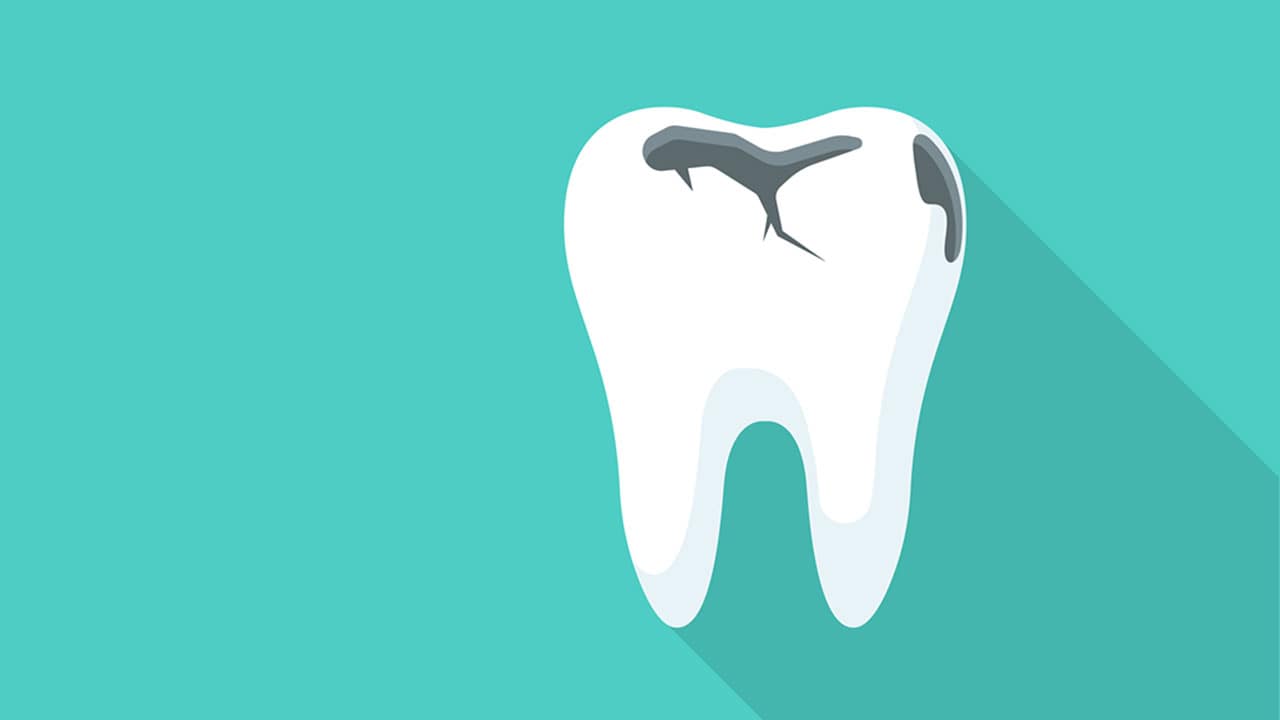
The word “cavity” may feel a bit friendlier and more approachable than the term “tooth decay,” but when your dentist tells you that you have cavities, they’re really saying that your teeth have begun to rot. While this thought is certainly unpalatable, there are thankfully a multitude of ways to both prevent decay and to treat it. Once decay has started, treatment will depend on a few factors, but one of the most important ones is how far the decay has progressed. Today, we’re taking a look at some of the signs of decay and its different stages to help you catch and treat this common problem early!
Looking for Signs of Decay
Very early tooth decay will likely exhibit no visible signs, but a dentist will be able to diagnose it during a routine visit. This is why regular dental checkups are crucially important. At slightly more advanced stages of decay, white or brown spots may start to appear on the teeth. If you notice these, have your teeth evaluated by a dentist as soon as possible. When caught early, decay can be halted or even reversed!
Progression is a Problem
If decay isn’t caught in its earliest stages, the enamel of your teeth will begin to break down and form a cavity. While it is unlikely that this damage can be reversed, the decay can be stopped and treated by your dentist and the use of fillings. The longer you wait to see your dentist, the harder a cavity becomes to fill. Cavities left untreated for a long time may need a crown—or a tooth-colored covering—to correct them, rather than a simple filling.
When Cavities Spread
Allowing a cavity to go untreated can cause the decay to spread far beyond the enamel of your tooth. Over time, the decay will bore its way into the dentin, or sensitive inside of your teeth below the protective enamel. After the decay infiltrates the dentin, it can make its way to the pulp in the center of your tooth, where the nerves and blood vessels are found. When a cavity reaches this stage, sensitivity and pain are common, especially when consuming hot or cold drinks and food.
The Aftermath of Untreated Decay
When tooth decay goes completely untreated, the results can be extreme. From tooth loss to infections to abscesses in the mouth, there are a plethora of downsides to allowing decay to continue. Infections in the teeth can spread to the surrounding teeth, jawbone, and even the bloodstream. When caught early, the likelihood of experiencing any of these downsides is considerably lower.
If you have questions about how to best care for your teeth, or if you suspect you may be seeing signs of decay, don’t hesitate to reach out to your dentist to schedule an appointment!
Sooner is always better when it comes to catching decay, so give us a call at Fairview Dental Group in Westmont today!